Down memory lane …
My earliest excursions into the world of “neglected” tropical diseases takes me back to mass distributions of Albendazole in my public primary school. At the age of 8 it seemed like any other curious and exciting experience. Getting in line with my school mates and being handed two flavored pink pills to take – for the worms! At that time, I did not realize that I was actively taking part in a huge public health campaign, aimed at reducing the burden of helminthic diseases in school age children.
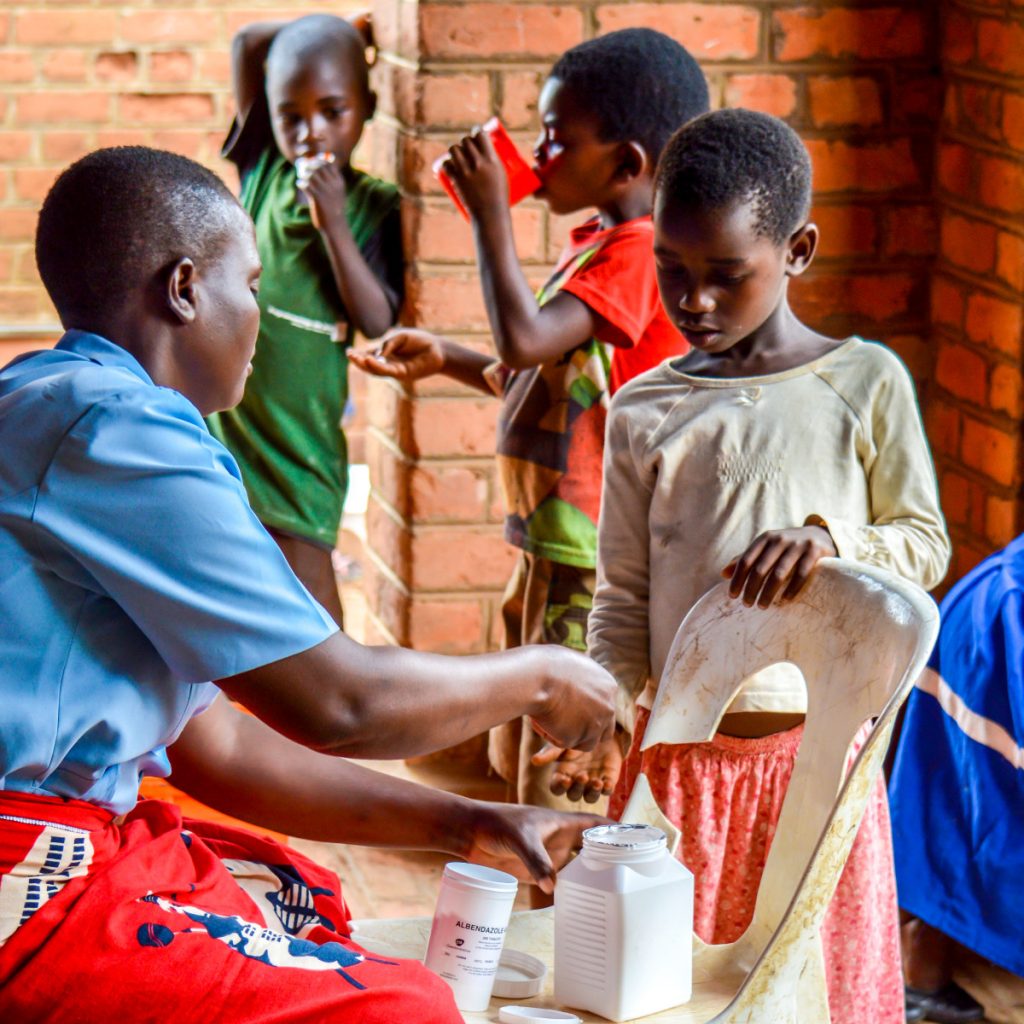
Though simple at face value, this intervention kept me and my peers on the growth curve, prevented us from getting anemia and gave us a shot at growing into healthy adults in an environment where the odds are often stacked against you. Similar campaigns continue to this day and are pivotal in reducing the negative effects these diseases place on developing world populations.
While simple interventions have proven invaluable in select cases, the vast majority of these diseases remain in the shadows, infrequently talked about and far removed from the consciousness of those not affected by them. Yet they continue to place an undue burden on the world’s poorest and most vulnerable populations. Having practiced medicine in sub-Saharan Africa, I know too well the realities of dealing first hand with the irreversible blindness caused by untreated onchocerciasis or the disfiguring and life-altering effects of filarial elephantiasis, just to name a few.
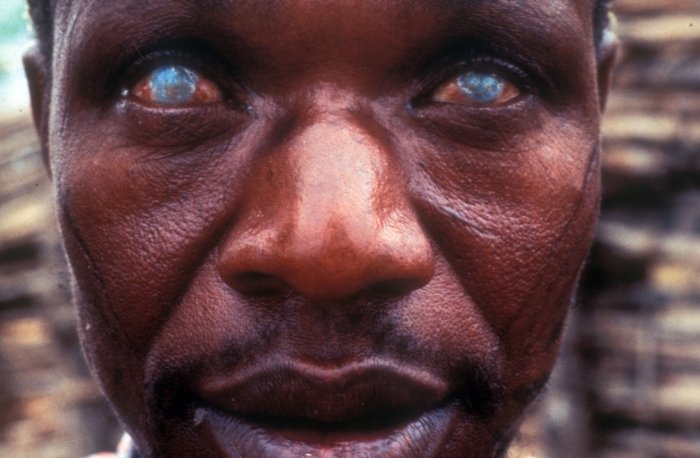
Out of Sight and Out of Mind – A luxury not afforded to all
I grew up knowing and fearing these diseases with strange names and devastating consequences, first as a child then later as a healthcare provider with limited treatment options for my patients. To me and many others these weren’t “neglected diseases” but real-life threats with potentially nefarious consequences. I currently live and practice medicine in a western country and now fully realize just how easily one becomes removed and unconcerned by issues that do not directly affect your daily life. Therein lies the central thesis of the “neglected” tropical disease – out of sight really is out of mind!
By current World Health Organization data, 1 billion people in 149 countries suffer from one or more “neglected” tropical diseases which claim half a million lives every year. These diseases disproportionately affect the world’s poorest and most vulnerable communities and remain at the bottom of the priority list for new drugs and vaccines research.
The Curious Case of Sleeping Sickness
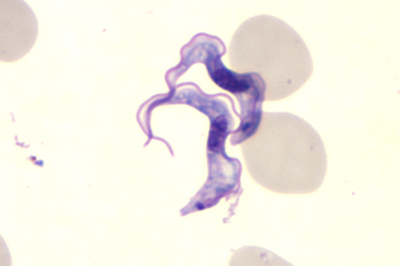
One of the most refreshing news headlines of 2018, was the rapid approval of a new and simple oral treatment for sleeping sickness. Sleeping sickness refers to Human African Trypansosomiasis (HAT), a parasitic infection caused by Trypanosoma gambiense and Trypanosoma rhodesiense, parasites transmitted by Tsetse flies. An estimated 57 million people are at risk from this disease with 100,000 contracting it every year. Although sporadic cases do occur in tourists infected through Tsetse fly bites while on Safari, those most directly affected are the populations living in areas where the transmission of the parasite is endemic.
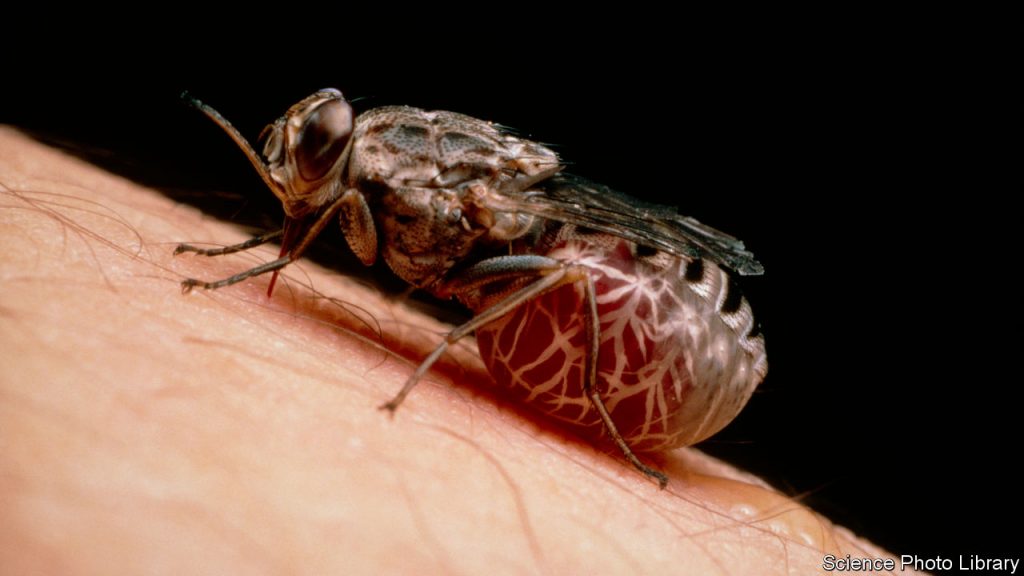
Sleeping sickness has severe consequences for those who contract the disease with symptoms ranging from fever, headache and joint pain in the early stages to behavioral changes and neuro-psychiatric manifestations in its later stages. Those affected undergo a horrific transformation and become aggressive, delusional and unrecognizable to their family members, before ultimately succumbing to death in a few months usually through coma.
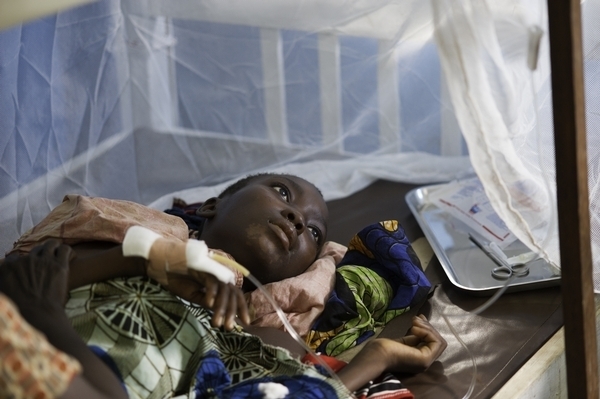
For the longest time, the only available treatment options were severely toxic and difficult to administer regimens, which themselves could be fatal for the patient. The main drug used for treatment was Eflornithine which though freely supplied by its manufacturer Sanofi, required 4 infusions daily for a 14-day period. It is usually delivered in combination with an oral drug Nifurtimox. Administering this type of treatment in rural parts of Africa can be especially challenging. Hospital wards are often rudimentary rows of iron beds, severely understaffed and poorly equipped and most of the patient care is provided by relatives sleeping on floors next to their loved ones. Monitoring and safely delivering this type of treatment under such circumstances is hazardous at best and near impossible at worst.
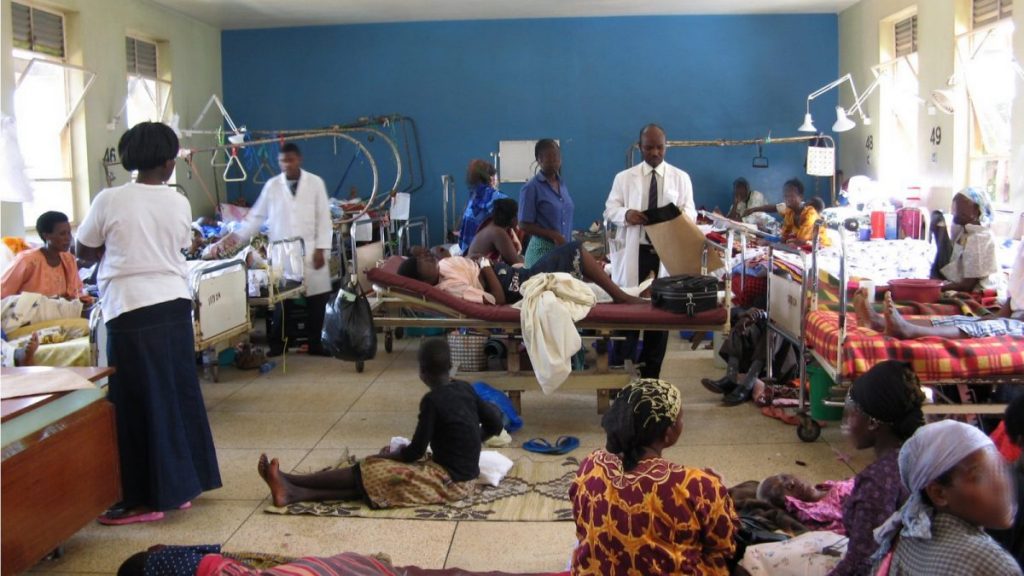
In 2012 the world health organization created a road map with the goal of eradicating the disease by 2020. This galvanized international funding to pursue development of oral treatment candidates for the disease. The efforts have been fruitful with the approval of Fexinidazole, an oral drug that cures all stages of the disease within 10 days. Fexinidazole was developed by a German pharmaceutical company Hoechst in the 1980s but its development was halted when the company abandoned its tropical diseases program. It took almost 30 years to reignite the desire to see this drug through clinical trials leading to its approval for the treatment of sleeping sickness in 2018.
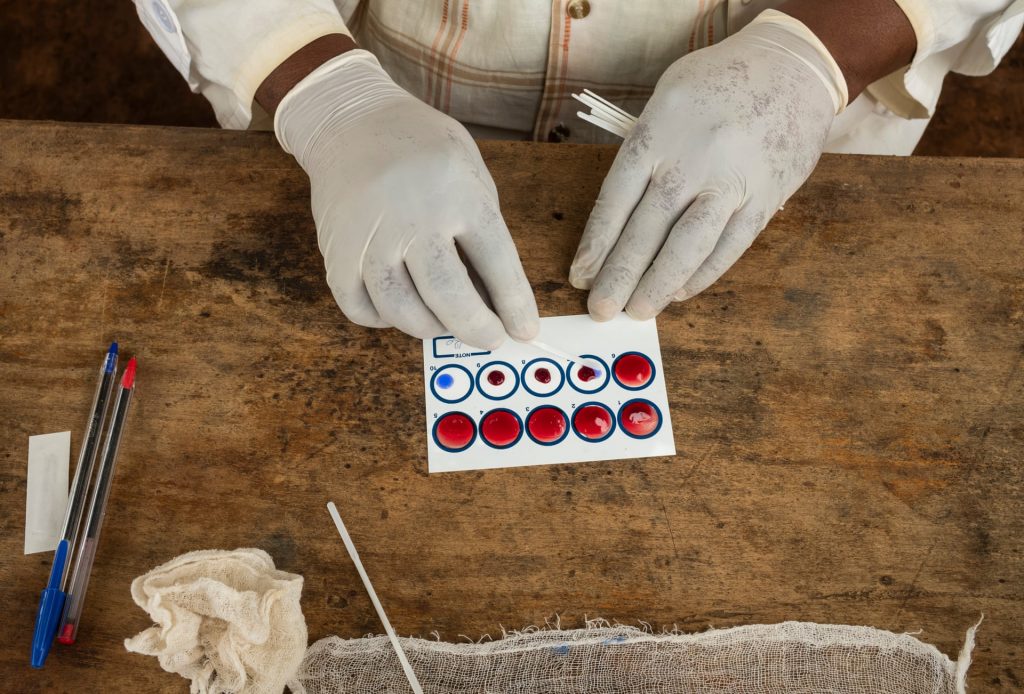
This triumph is a real game changer in the treatment of the disease but is slightly tainted by the cost in human life and time it took to arrive at this point. The drive for the approval of Fexinidazole is the result of a 10-year partnership between the Drugs for Neglected Diseases initiative (DNDi), Sanofi and African Partners and cost an estimated 63 million dollars. This cost is dwarfed in comparison to the cumulative direct and indirect costs of the disease on affected populations through the years when treatment options were complex and limited. More importantly it provides the proof of concept that setting clear goals and igniting global commitment in the fight against neglected tropical diseases can lead to concrete results and raise real hope to eradicate some of these diseases.
One Down, Nineteen to go
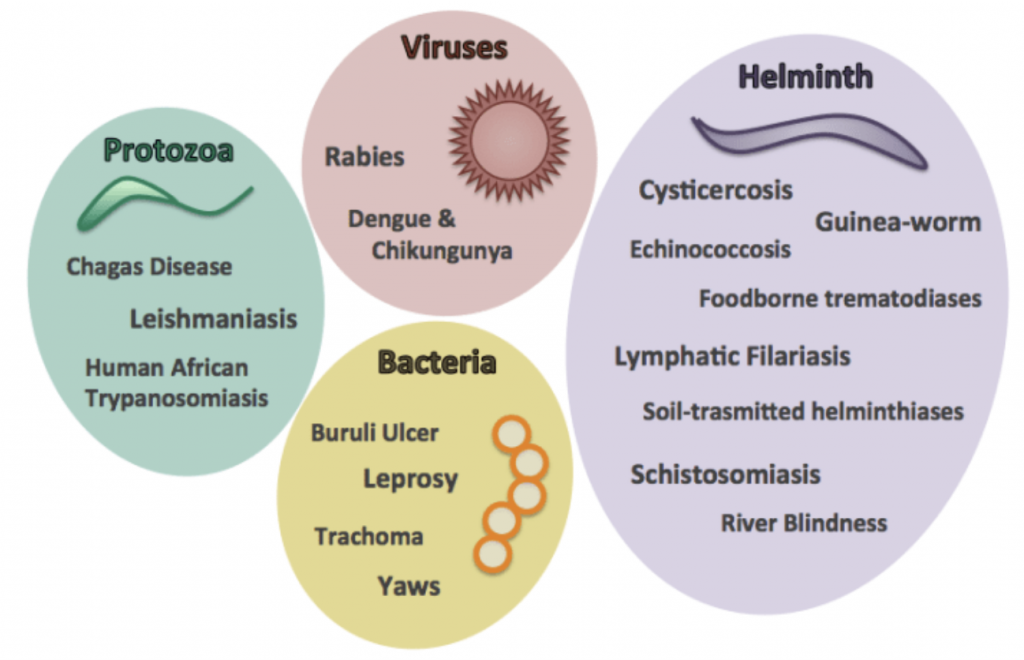
As I reflect on the success story of sleeping sickness, I can’t help but wonder how many drug candidates for the other 19 neglected tropical diseases remain suspended in the research pipelines of pharmaceutical companies around the globe. These drugs likely will never see the light of day due to a lack of incentive to take them through expensive drug development processes. The reality is the 1 billion people who directly suffer the brunt of “neglected” tropical diseases are poor and represent the least profitable markets for pharmaceutical companies.
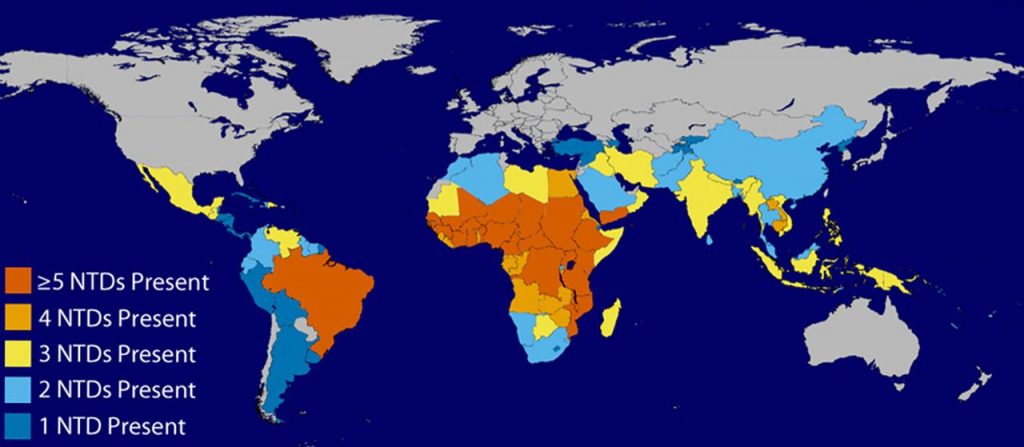
Eflornithine which has been until recently the mainstay of treatment for sleeping sickness, saw its supply threatened severely in the early 2000s. The patent holder for the drug abandoned production due to its failure to live up to its potential as a drug for cancer, a far more lucrative target. This left only a few thousand doses of the life-saving medication available to the thousands of invisible patients tucked away in remote parts of the African continent. The clock was ticking down with many fearing the worst.
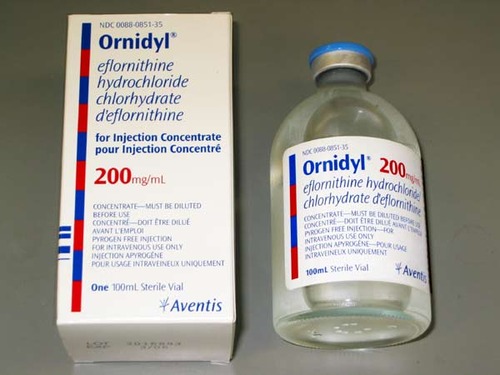
The saving grace for this drug came through an alternative profitable cosmetic use being identified for the molecule. Eflornithine was found to be effective for facial hair removal in women, leading to a revival of the patent and ensuring its continued production and supply for the treatment of sleeping sickness. In this particular instance, a happy compromise was made after intense international pressure. The pharmaceutical companies could continue to reap profits through sales of a lucrative facial hair removal cream and in exchange sustain production of the less profitable intravenous formulation of the drug needed to treat sleeping sickness.

Sadly, the world of big pharma is still largely commanded by the ability of new drugs to generate huge profits. As a result, most “neglected” diseases will not have a romantic ending like that of sleeping sickness and will remain in the shadows. Sanofi, through the role it has played in the development and approval of Fexinidazole has proven that the conversation does not always have to be solely based around profits. It can be a more human conversation that focuses on the real human lives at stake and finds the balance between profitable vanity projects and drug development for less profitable targets.

Until that time comes, in my little bubble of comfort I live in hope that a molecule in my daily facial cream is somehow sustaining the production or development of a drug that treats a “neglected” tropical disease somewhere far away. A highly improbable thought which makes me feel slightly better about my neglect of diseases which are way too real for millions of others with less fortunate circumstances.
Written by Boghuma. K. Titanji
To support the fight against neglected diseases consider donating to Drugs for Neglected Diseases initiative and Doctors without borders by following the links below:

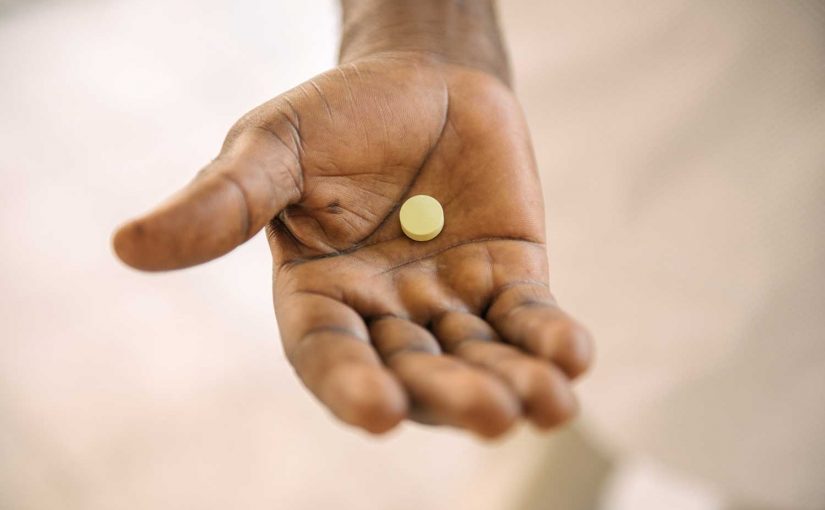





This is great exciting news about the new cure for HAT .It would be helpful if donors can be found to offer it for free as was the case for Mectizan.
I believe Sanofi in collaboration with the drugs for neglected diseases initiative (DNDi), The Who and several donor organizations are working on deliveringthe drug at no cost to patients in a drive towards eradication. The goal of Eradication for HAT with only 100000 cases yearly is a very attainable goal and the licensing of Fexidnadole, a simple and effective regimen for the disease will be pivotal in achieving that goal.
I grew up particularly knowledgeable about tropical disease research from my father. He and many other researchers would organize the campaigns to distribute Ivermectin in communities and schools. From most of his travels to endemic areas around Cameroon and other African countries, he was able to educate us about the costs of rivers blindness. Your article is well written. Thank you for keeping a light on these diseases.
Thank you. A lot of these diseases remain in the shadows because we do not talk about them and bring them to light. Every step towards starting a conversation on neglected diseases counts and plays a role in raising awareness. Thanks for reading , commenting and sharing your thoughts.
Succinctly put.
All too often, the most needy people are also the poorest, voiceless and often most disregarded by the society. Sadly, very few advocate for them, which keeps them in the shadows. Worst, the longer they remain ignored, the more time the disease gets to spread, further compounding the problem.
Until then, that the rich and powerful would value human lives more than profits, this segment of the population would continue to experience gross social injustice.
Couldn’t have said it better myself. We cannot move towards a more just society until the value of human lives are placed above profits and gains. It will take a long time for attitudes to change but I believe every conversation on the subject counts.